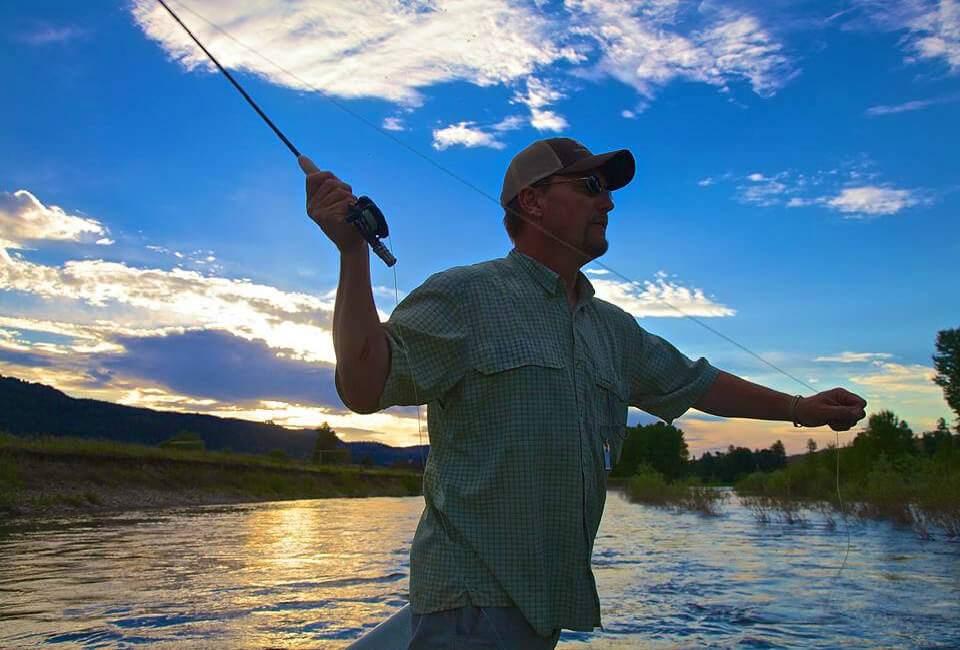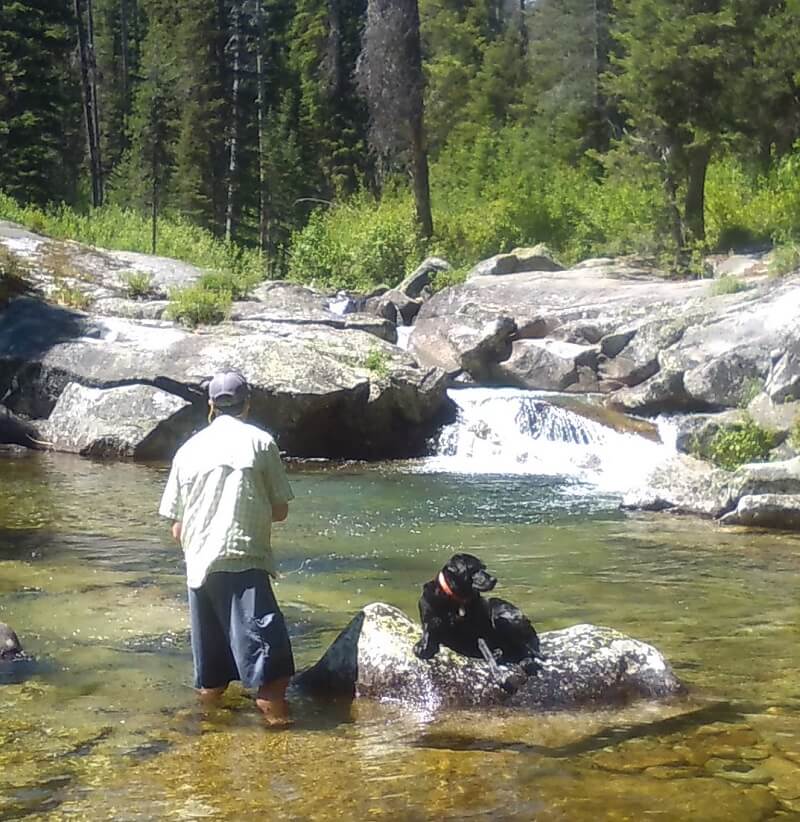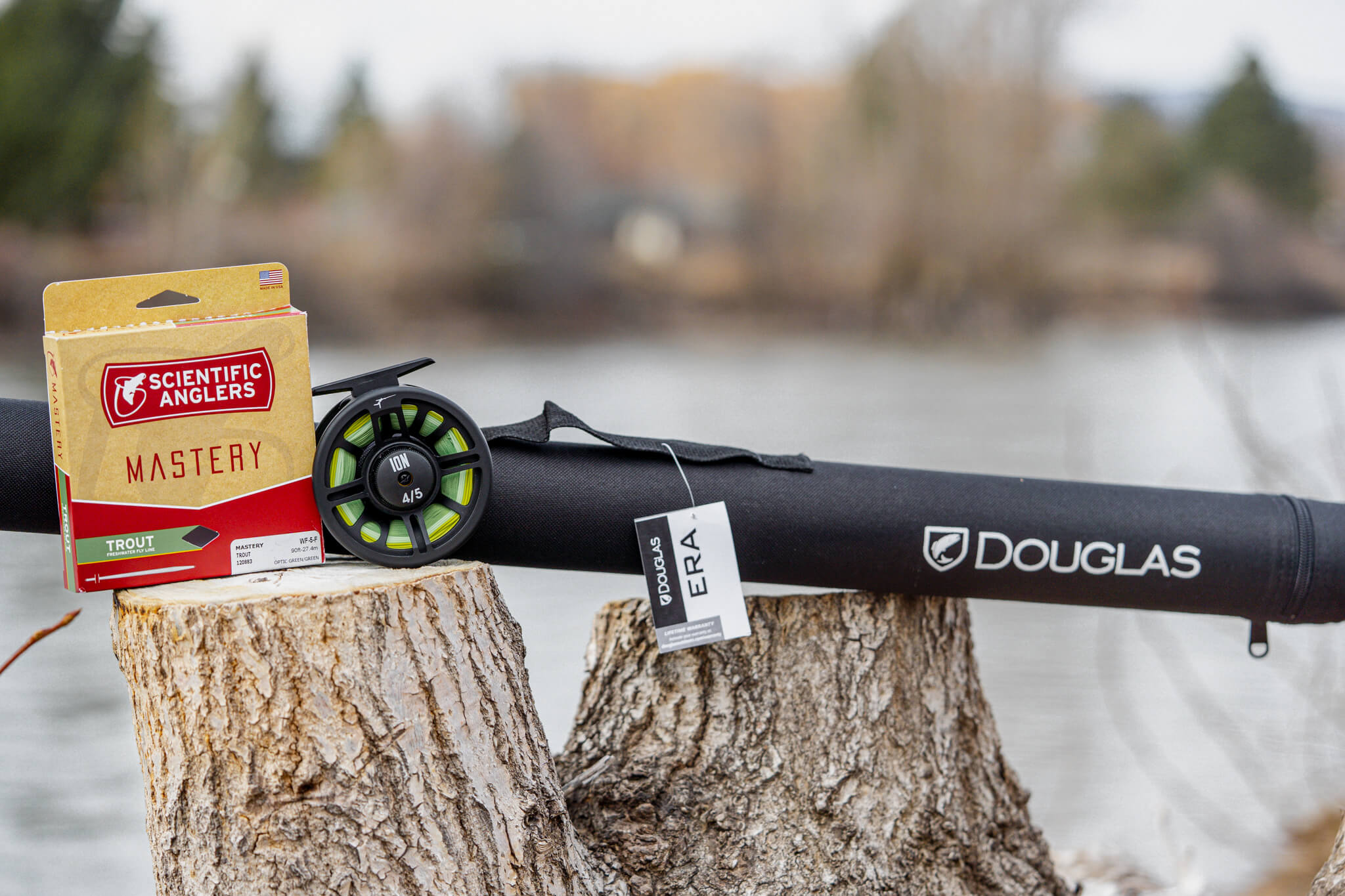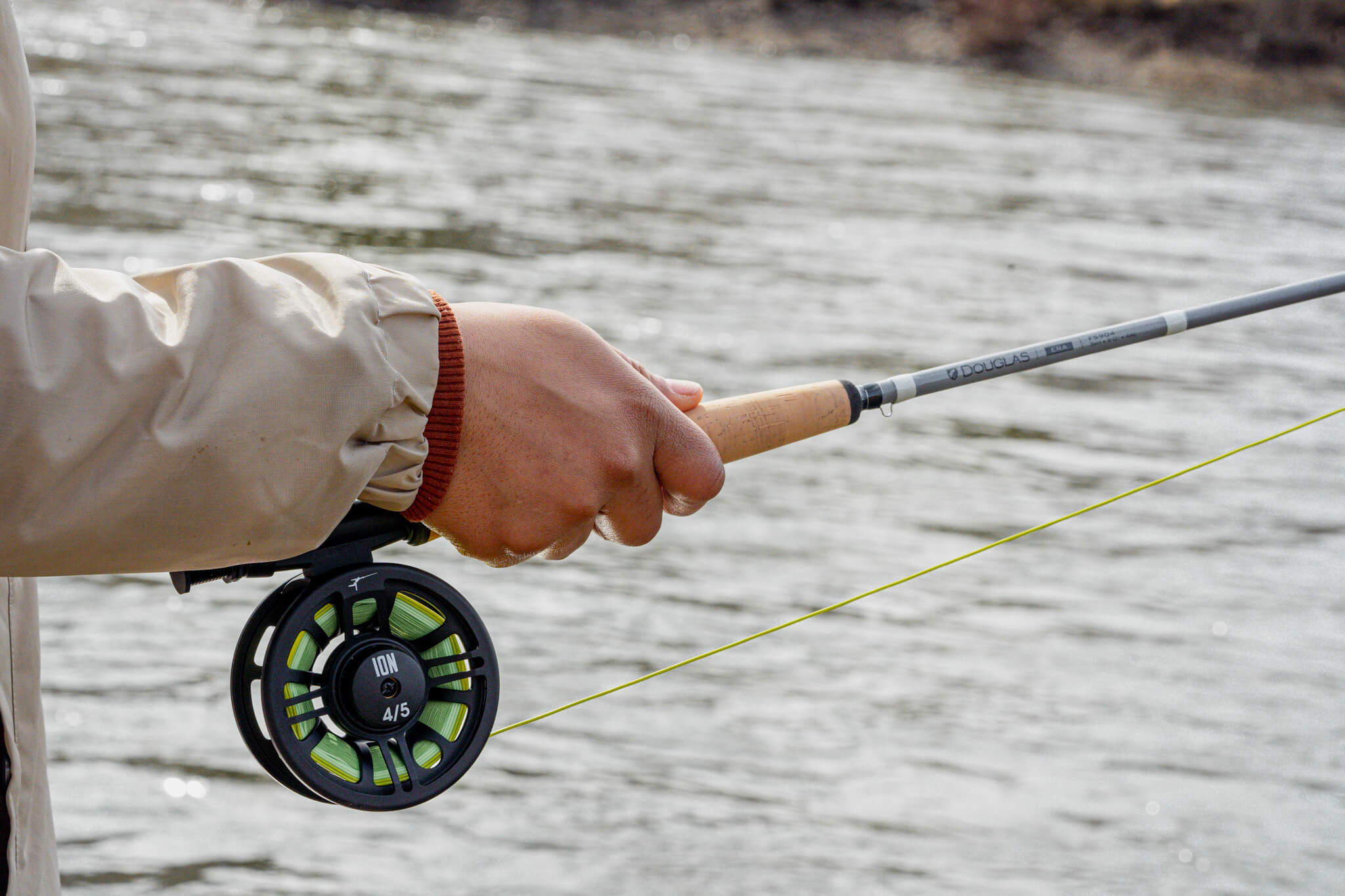Understanding Fly Fishing Drag
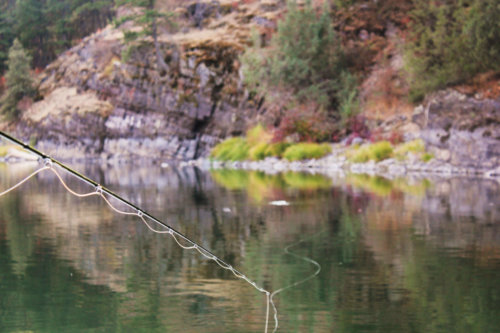
Fly fishing can be such a drag! If you’ve done a little fly fishing, you know why that’s funny. If fly fishing drag is new to you, let’s do some explaining. If you don’t understand drag, you can’t effectively fly fish.
When early man saw fish rising in a river, it didn’t take much intelligence to say, “That’s a locatable meal, and I can see what it’s eating.” Fly fishing evolved for a simple reason. It’s impossible to imitate an 8mm insect with a piece of shaped wood or metal. When fly fishing was invented, it was done by people who needed to eat. Success was bringing back a fish. It didn’t take smarts to see what the fish were eating. It took intelligence to figure out how to imitate and then deliver something as small as an imitation mayfly, caddis or stonefly.
What those three aquatic insects (and so many more) have in common is their inability to control their movement in moving water. This is in direct contrast to a minnow or crayfish, which have the power of directed locomotion in the water. A nymph (an immature aquatic insect) living on the bottom can only crawl. When a nymph is separated from the bottom, it can’t swim. It can only drift with the current. IT HAS NO CONTROL OF ITS DIRECTION. The same applies to an adult insect on the surface. When floating on the surface, it is moved by the current and with the current. IT HAS NO CONTROL OF ITS DIRECTION. Trout have been conditioned for millenia to eat insects moving exactly with the current.
THE SIDEWAYS BURGER
You’re sitting down to dinner, and it looks delicious. A burger, ripe and ready, juicy and tempting.
As you reach for your tasty burger, it starts to move sideways . . . . you can’t see why, you don’t know why, but it’s moving sideways across the table.
Are you going to eat that burger?
Probably not.
And why is that? Because it’s NOT doing what a burger should be doing! You’ve eaten burgers all your life- they don’t move sideways. Despite your hunger, you’re going to let that one pass by.
Welcome to the wonderful world of fly fishing! If you’re using an insect imitation, we can sum up fly fishing in one sentence.
MAKE YOUR FLY BEHAVE AS IF IT’S UNATTACHED
Simple as that. Except it’s not so simple, because your fly IS attached. It’s as complicated as that. Whenever your fly line or leader pulls the fly in any direction other than the direction of the current, it’s called drag. Think of drag as the sideways burger. You won’t eat the burger. The trout won’t eat your fly.
The river is full of currents. Big ones you can see. Little ones you can’t. Each one affects your line and leader. Each current pulls the line in a different direction. Every current affects your flies drift, and not in a positive way. How do you combat this? It’s the question every angler asked the first time they went fishing, the last time they went fishing, and every time in between. How do you eliminate drag on your fly?
Because 95 out of 100 times, when a fish refuses your fly, it’s dragging. Trout are obsessed by food. Trout are looking to eat all the time. To maintain their position in the river looking for food, they constantly expend energy. They need calories to replace that energy. They don’t look for excuses not to eat, they look for reasons to eat.
Think of it this way. In nature, who has more deadly issues, an ant or an elephant? The smaller you are, the more predators pursue you. The more you eat, the bigger you become, and fewer predators pursue you. That makes trout eating machines. They want to eat, they’re looking for reasons to eat and usually refuse only when your fly behaves unnaturally.
That’s a critical concept. When trout feel safe (not spooked) they forage all the time. Datus Proper wrote a book called What The Trout Said. The main concept states if you’re not catching fish, the trout say you’re doing something wrong. It’s that simple. You’ve spooked them, your fly is at the wrong depth, it’s dragging or it’s the wrong fly. The ultimate message- the trout aren’t eating your fly. They are NOT going to adjust their behavior to make you happy. You adjust your tactics to make them eat.
Drag stops fish from eating, and you need to eliminate it. Fly fishing drag is lessened with a proper cast and a balanced leader. Drag changes by moving from one spot to another when working the same fish. But most of the time drag control comes down to mending. Mending is the term we use to define any action designed to alter your fly’s action on the water. Mending can be done while casting, or after the fly is on the water. Both have positives and negatives, and both skill sets need to be learned.
When your fly isn’t floating with the current, it isn’t catching fish.
